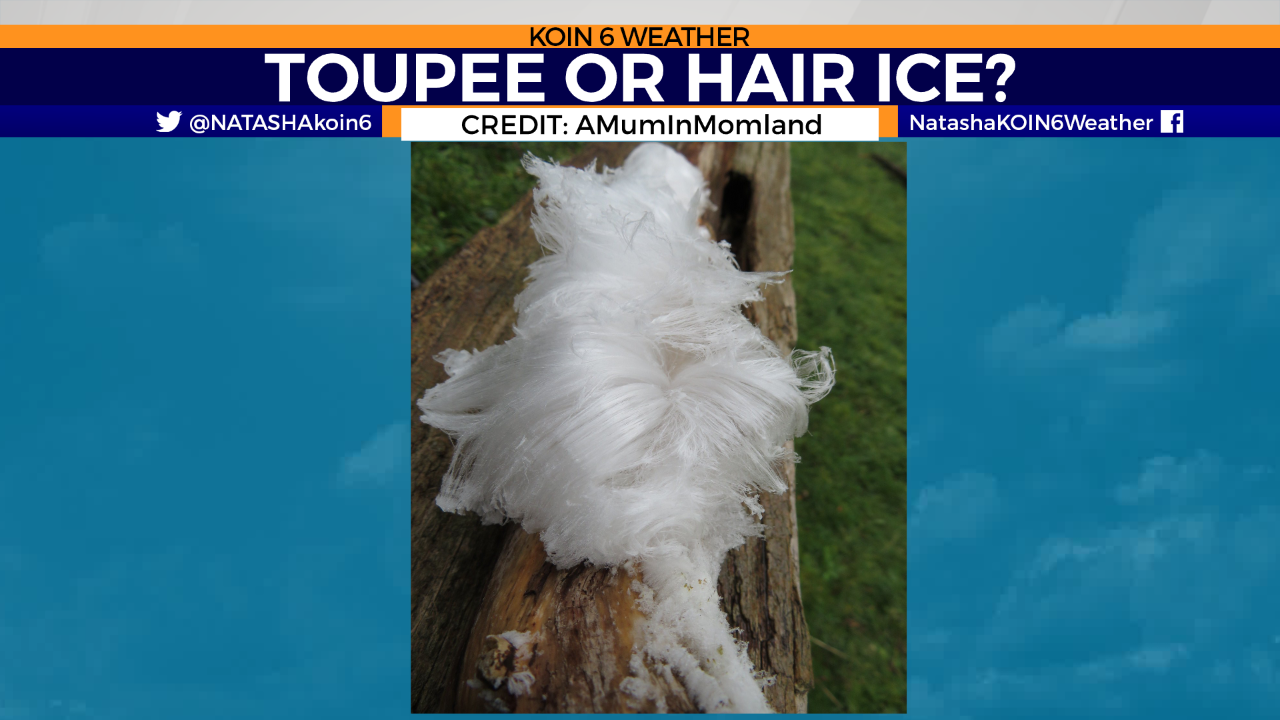PORTLAND, Ore. (KOIN) — It sure has been cold that last few mornings. We’ve had some winter temperatures around the valley to begin the day, with neighborhoods starting in the 20s and lower 30s. Yikes! That is cold for a March day.
However, you know what comes with temperatures below freezing?

FROST!
You may see it on the ground or the windows and cars if you’re looking outside early in the morning. Did you know that frost is a natural artist? At times, frost can turn into some exciting patterns and shapes. Check out this tweet from Chief Meteorologist Natasha Stenbock earlier in the week.

I’m sure you saw it all around if you were up in the morning hours the last few days. If you haven’t, you may have to wait until the fall. Our average last date for frost comes out to March 19. This may have been our last hurrah, but we will watch the forecast closely to make sure we give a heads up. This time of the year it is important because it can damage the flowers and plants.
Are you ready for one of the coolest frost designs ever?
This is a frost pattern that was on the top of car in Corvallis, Oregon on March 10, 2021. WOW! How can something like this form and what is the reasoning for the spiraling paisley design? Watch the video below for an explanation from chief meteorologist Natasha Stenbock.

WHAT IS GOING ON?
Here are key definitions:
Frost: a covering of ice on an exposed surface when the air temperatures falls below the frost point.
Frost point: when the temperature of the air cools to the dew point, which we will refer in this case as the frost point, or the point of saturation (when the relative humidity reaches 100 percent).
When the air cools to the dew point, and it’s not near freezing, this is when condensation occurs and you will get rain or dew.
Now that you know that, when frost forms, it can happen in two ways! The water vapor can go straight from a gas to a solid, in the process of deposition, which creates hoar frost. This is the white frost that you see on object that branches out in shapes. That is what you see on the images above intricate images. When does it turn out like the image above? When there happens to be dust or other particles on the surface that may impact the natural design.
It may also form when a liquid turns to a solid. Say the dew on the grass starts off as a liquid and then both the temperatures and the dew point cool to below freezing.
There are some tricky terms there, if you need a refresher on the phases of water and learning about the transition from one to the other, you can find that lesson right here.
CONDITIONS TO PROMOTE FROST

Clear skies are important to the process of dropping the temperature. When we lose heat out to the atmosphere, we call this radiational cooling.
Light wind will be a helping hand to a cooler layer of air near the surface because it will prevent any sort of mixing of the atmosphere, which may pull warmer air to the ground. That is why, sometimes you see that temperatures are in the mid 30s (observations usually higher above the ground), where the ground is frosty because it’s actually at freezing or below.
Cold temperatures are essential to the formation of frost and ice. We have to be in a period of the year that the temperatures are able to even reach freezing.
Topography can be a real issue too, because valley walls can block wind and cold air sinks, so those at the bottom of a valley are likely to be colder.

While we are at it. Why don’t we talk about another phenomenon that we have shared with you on KOIN 6 News a few times this year. You may have seen this photo being shared not too long ago, about something that is called hair ice. That’s right…hair ice.

I’ll be honest, I had no clue it even existed until it was shared with the station this season. It’s rare unless you know how to find it. I would almost equate it to hunting morels.
I’m going to hand this one off to the Met Office, “The conditions required for the formation of hair ice are extremely specific, hence the relative scarcity of sightings. To form, moist rotting wood from a broadleaf tree is required with the presence of moist air and a temperature slightly below 0 °C [32 °F] . It is generally confined to latitudes between 45°N and 55°N.”